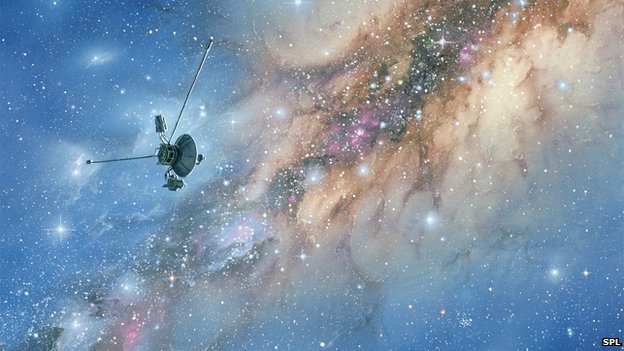Asteroids are minor planets, especially those of the inner Solar System. The larger ones have also been called planetoids. These terms have historically been applied to any astronomical object orbiting the Sun that did not show the disc of a planet and was not observed to have the characteristics of an active comet. As minor planets in the outer Solar System were discovered and found to have volatile-based surfaces that resemble those of comets, they were often distinguished from asteroids of the asteroid belt. In this article, the term “asteroid” refers to the minor planets of the inner Solar System including those in co-orbit with Jupiter.

NASA is mandated with the task of flying humans to an asteroid by the mid-2020s. But such a mission would be fraught with technical challenges, danger and — you guessed it — expense. So, rather than blasting a team of astronauts into deep space to play a game of “catch” with a speeding lump of space rock, the US space agency will be given approval for a more slimline option — NASA will send a robot on an asteroid fishing expedition.
A hooked asteroid will be tamed and delivered to a rendezvous point of our choosing (much closer to home) to allow a manned expedition easy access. This wouldn’t only be great for science, it could also drive significant technologies intended for robotic asteroid deflection and, perhaps, mining techniques.
Top 10 Ways to Stop an planetoids
The asteroid capture concept has won over the White House Office of Science and Technology Policy, which has given it approval for the 2014 fiscal year to begin work. The mission could launch as early as 2017. Discovery News received confirmation from a White House official that the plan, revealed by comments made by Sen. Bill Nelson (D-Fla.) on Friday, will receive a $100 million allocation of NASA’s budget. Presented to Congress on Wednesday, the funds will go toward identifying asteroid candidates for capture. The news was first leaked last month by Aviation Week.
“It really is a clever concept,” Nelson said during Friday’s press conference in Orlando, Fla. “Go find your ideal candidate for an asteroid. Go get it robotically and bring it back.”
So, how will this asteroid retrieval plan work?
The feasibility of identifying an asteroid with the exact orbital characteristics for a manned mission has been under much scrutiny since Obama laid out NASA’s asteroid challenge. Not only would the asteroid need to be of the near-Earth category, it would need to come close enough to allow a manned expedition a decent rendezvous window to carry out useful science and get home safely. Naturally, such a deep-space chase would be wrought with danger for the crew.
In 2011, the Keck Institute for Space Studies (KISS) at the California Institute of Technology (Caltech) assembled a team of planetary scientists, astronauts and asteroid experts in an effort to minimize the costs and risks associated with an planetoids mission, while maximizing scientific gains. The study’s solution was to identify a small space rock for robotic capture and study by a manned expedition.
PICTURES: Near-Earth Objects
The study’s asteroid, ideally measuring 7 meters across with a mass of 500,000 kilograms (550 tons), would be captured by a spacecraft using a deployable capture bag (pictured top). Once secured, the spacecraft would steer the mass toward a region of gravitational stability known as the Earth-moon Lagrangian (EML2) point. This gravitational “island” has also been eyed as the potential location for a lunar farside space station — if you can park an asteroid there, a manned outpost could even use resources on a captured planetoids to sustain a station or act as a mining staging post, theoretically.
With the asteroid locked in its gravitational parking lot, NASA will launch a manned expedition to the tamed asteroid, allowing unlimited access to a scientifically bountiful objective.
Before the Keck plan, it was estimated that a 2025 asteroid rendezvous mission could take up to a year to complete; the Keck proposal would slash the human mission duration to weeks or even days. It would also be safer for the human crew and much cheaper — coming in at an estimated total cost of $2.65 billion. The Orion crew vehicle, that is currently undergoing development, launched atop NASA’s next-generation Space Launch System (SLS), would provide the astronaut “shuttle service” to the asteroid. (The cost of developing Orion and SLS are a part of a separate allocation of NASA funds.)
The official confirmation of funds being allocated for this plan comes shortly after NASA Administrator Charlie Bolden went on the record to say that the US space agency wouldn’t lead a manned mission to the moon in his lifetime.
Originally posted 2016-02-10 00:51:26. Republished by Blog Post Promoter












